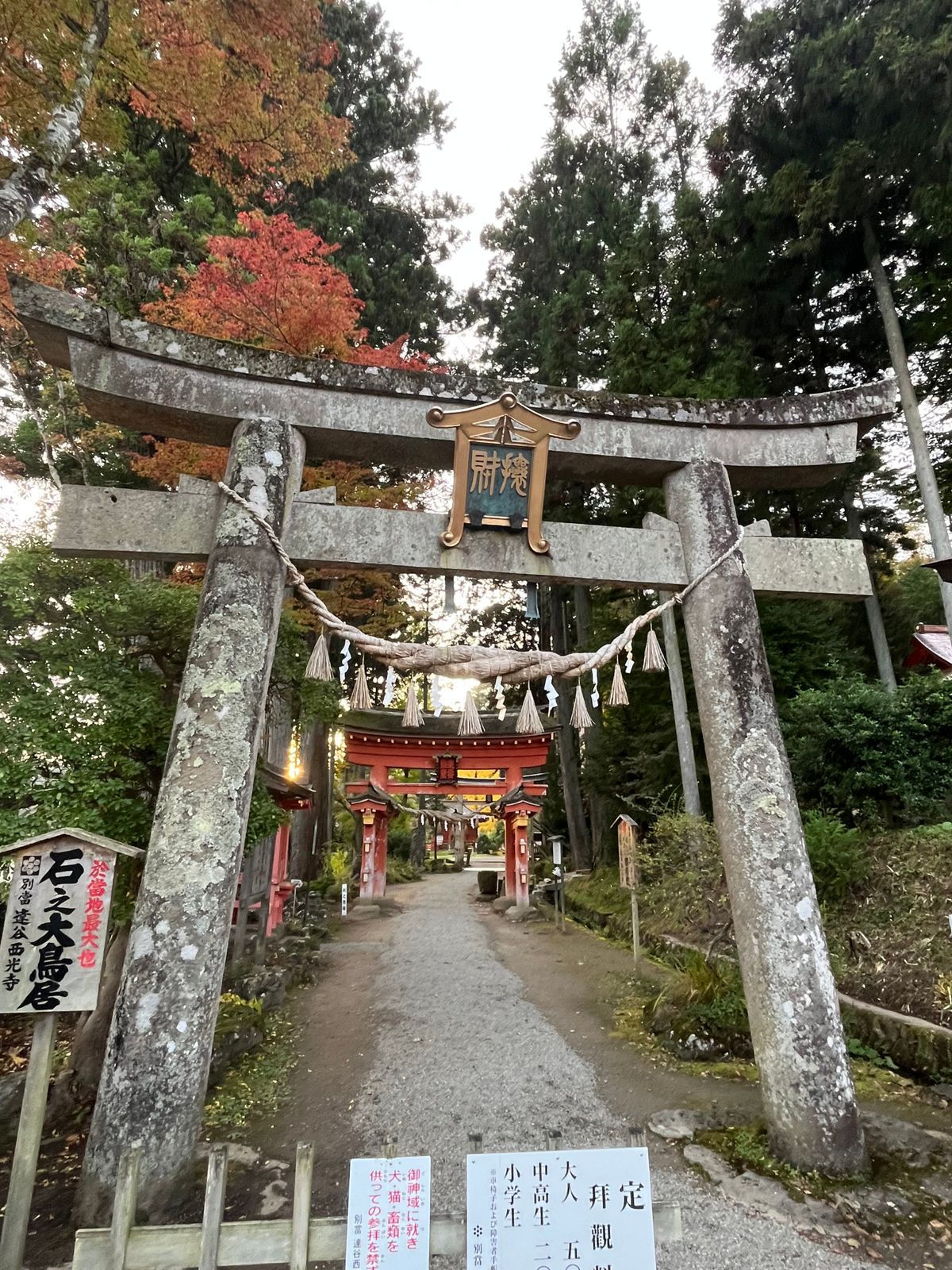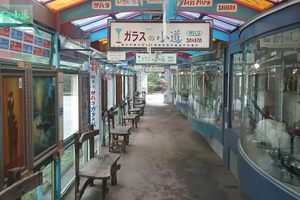About
Accented by the northernmost Japanese Buddha image, the Takkoku no Iwaya Bishamondo temple was allegedly built over a thousand years ago on the site of a warlord's holding cell.
At the beginning of the 9th century, the Heian Court in Kyoto was expanding its territory to the northeast, where it encountered several regional warlords. One such particularly nasty warlord was named Akuro Takamiro, who ruled an area then called Ezo, now part of modern day Iwate Prefecture. The story goes that he used to steal women and children from the towns to keep as his slaves and concubines, whom he kept locked up in a dungeon in a cave and killed for pleasure.
When the Heian Court set its sights on Ezo, Emperor Kammu recruited a man named Sakanoue no Tamuramaru to defeat the evil warlord. Sakanoue won the day, freed the people that were enslaved, and erected a shrine to Bishamon, guardian of Buddhist law. Naturally, he chose the cave where the warlord once used to enslave the area's women and children. The shrine was named Iwaya Bishamondo. The site originally held over a hundred statues of the figure in the former prison, but today only 33 remain. While it was founded as Shinto shrine, a complex of Pure Land Buddhist buildings were added in the 12th century by the Hiraizumi Court. Sometime after this a large Buddha face was carved into the cliff alongside the shrine (the northernmost Buddha in Japan), though its exact date is unknown.
Fires have destroyed the temple site a number of time down the centuries and the current building was built in 1961 to resemble Kiyomizudera Shrine in Kyoto. The surviving Bishamon statues are still on the site, but are usually kept hidden away, although they are revealed to the public once every 33 years.
Related Tags
Know Before You Go
Easily visible from the main road, route 31. 5 km bike ride from Hiraizumi Station (bike rentals and maps available at the station).
Hidden Japan: Sado Island, Nara & Kyoto
Explore a different side of Japan.
Book NowPublished
September 16, 2014

























